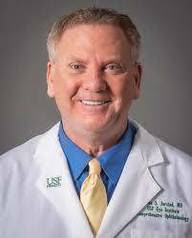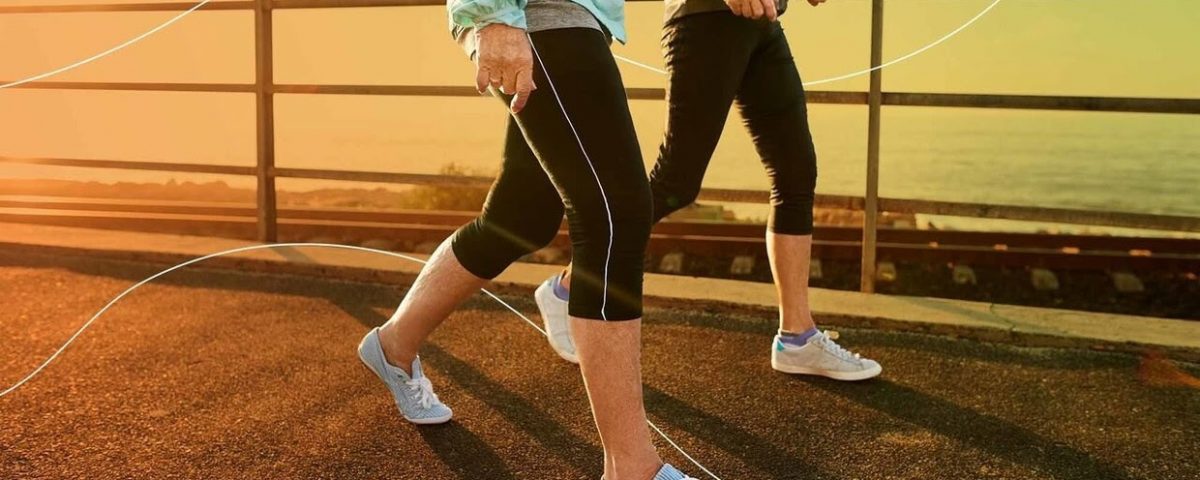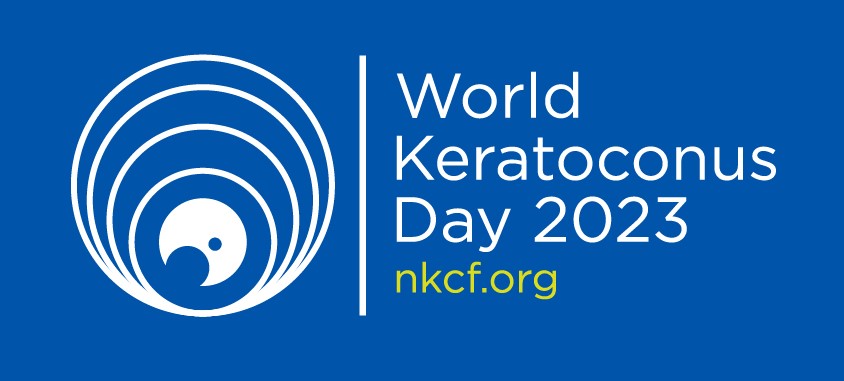Walking in Sunshine

Blepharitis: why eyelids get red & itchy
September 10, 2021
Heart Condition Associated with KC
September 27, 2021During early clinical trials for cornea crosslinking (CXL), ophthalmologist Dr. John Jarstand MD of Evergreen Eye Center in Washington met a woman suffering from ectasia after refractive surgery. When she learned the details and cost for the recommended treatment, she despaired and asked if there was a cheaper and less painful alternative. Dr. Jarstad recalled the proverb, “Necessity is the mother of invention” and suggested the patient take oral riboflavin (Vitamin B2) and go outside between 10am and 2pm, in anticipation that exposure to the sun’s ultraviolet light would crosslink the cornea.
 The patient followed the suggestion, taking 500 mg of Vitamin B2 tablets daily and walking in direct sunlight (without sunglasses, eyeglasses, or contact lenses) for 15 minutes a day. When she returned in six months, her vision was stable and there was evidence of flattening to the cornea. Dr. Jarstad recommended this protocol to others and, in 2018, presented the results of eleven patients’ experience at an international meeting. Jarstad noted success in stabilizing KC and previous refractive surgery patients, including one radial keratotomy patient who had severe daily fluctuation in vision. The patients showed significant stability after 6 months of megadose riboflavin and sunlight, and maintained improved vision after five years of follow-up. He reported no complications and offered topographic evidence of corneal flattening.
The patient followed the suggestion, taking 500 mg of Vitamin B2 tablets daily and walking in direct sunlight (without sunglasses, eyeglasses, or contact lenses) for 15 minutes a day. When she returned in six months, her vision was stable and there was evidence of flattening to the cornea. Dr. Jarstad recommended this protocol to others and, in 2018, presented the results of eleven patients’ experience at an international meeting. Jarstad noted success in stabilizing KC and previous refractive surgery patients, including one radial keratotomy patient who had severe daily fluctuation in vision. The patients showed significant stability after 6 months of megadose riboflavin and sunlight, and maintained improved vision after five years of follow-up. He reported no complications and offered topographic evidence of corneal flattening.
Now a Professor of Clinical Ophthalmology at the University of South Florida in Tampa, Jarstad is working with other investigators pursuing this low tech/low cost alternative to commercial CXL. Studies are underway in South America, and soon a clinical trial is planned in the US. Jarstad expressed support for a large scale study. He notes this treatment could be ideal for patients who are pregnant, or pediatric patients, or those who anticipate a significant delay before commercial crosslinking can be arranged. “I don’t want to discount the existing crosslinking. In some cases, that’s the only thing that will work. But this step may turn out to be a great adjunct to the other methods.”
Some cornea experts express concern that the treatment, while safe and inexpensive, may be limited by factors like the duration of treatment, variability in UV exposure, dosage and nutrient level of the Vitamin B2 tablets, and overall patient compliance. For those with severe progressing keratoconus requiring rapid stabilization, this regimen may not be as successful as the one-time commercial CXL treatment. While allergic reaction to oral riboflavin is unlikely, and Jarstad found no published reports of Vitamin B2 toxicity, he advises that any keratoconus patient interested in trying this protocol should be under the direction of an eye doctor who can monitor patient health and document changes in vision, as well as changes to the steepness and curvature of the cornea to determine if the treatment is successful.
duration of treatment, variability in UV exposure, dosage and nutrient level of the Vitamin B2 tablets, and overall patient compliance. For those with severe progressing keratoconus requiring rapid stabilization, this regimen may not be as successful as the one-time commercial CXL treatment. While allergic reaction to oral riboflavin is unlikely, and Jarstad found no published reports of Vitamin B2 toxicity, he advises that any keratoconus patient interested in trying this protocol should be under the direction of an eye doctor who can monitor patient health and document changes in vision, as well as changes to the steepness and curvature of the cornea to determine if the treatment is successful.
 A graduate of the University of Washington School of Medicine, Dr. John Jarstad MD completed his ophthalmology residency at Mayo Clinic in Rochester, MN. For 26 years, he was CEO of a private ophthalmology practice in the Seattle area. In 2020, he joined the Ophthalmology Department at the University of South Florida as Professor of Clinical Ophthalmology, where his responsibilities include patient care, clinical research, and teaching residents.
A graduate of the University of Washington School of Medicine, Dr. John Jarstad MD completed his ophthalmology residency at Mayo Clinic in Rochester, MN. For 26 years, he was CEO of a private ophthalmology practice in the Seattle area. In 2020, he joined the Ophthalmology Department at the University of South Florida as Professor of Clinical Ophthalmology, where his responsibilities include patient care, clinical research, and teaching residents.



